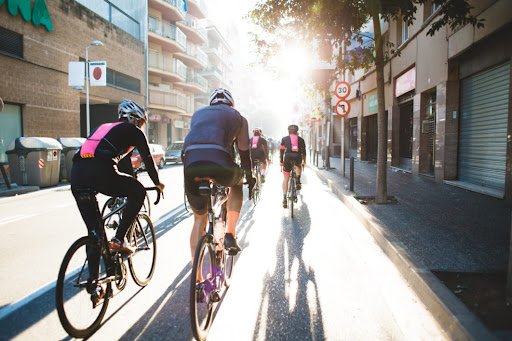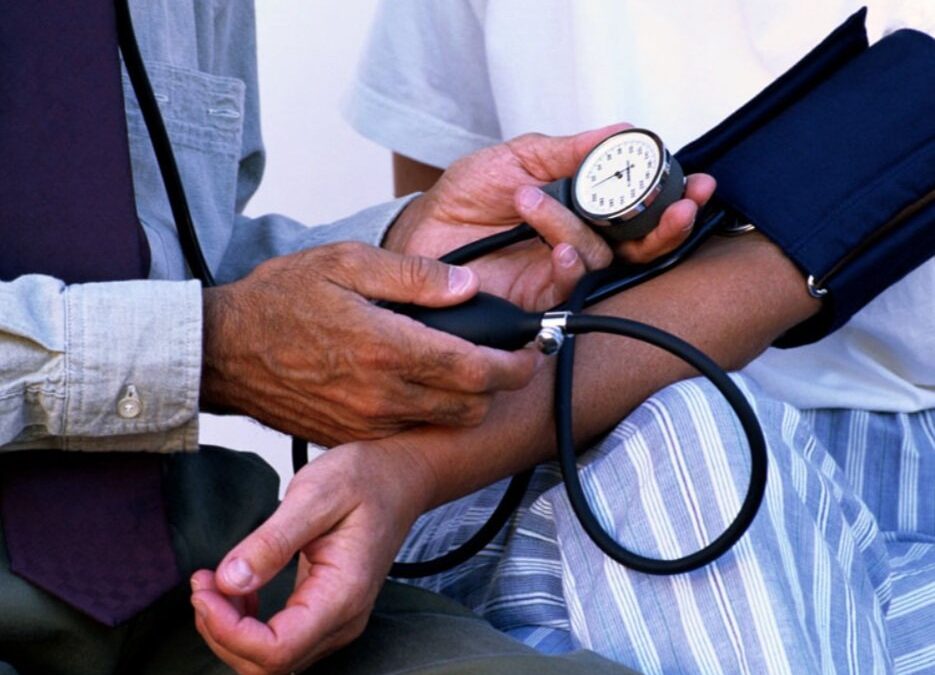Contents
Experiencing abdomen and lower back pain? Oblique muscle strain could be the cause of your symptoms. This painful injury is relatively common among athletes and active individuals. Sometimes referred to by other names like intercostal muscle strain or side strain, oblique strain is an injury affecting the muscles on the sides of your abdomen. The obliques are a group of muscles located between the lower end of your rib cage and the upper part of your hips. These muscles play a crucial role in motions like bending over and twisting your torso. They can also assist in breathing. These functions can become limited with injury.
When your oblique muscles are stretched too far or torn, you may have trouble with torso movements. Limited range of motion, pain and swelling are common symptoms of a muscle strain in this region. When you experience these symptoms, seeking treatment is important. Understanding the best ways to address your muscle strain can help ensure you make a rapid and complete recovery.
6 methods to address your oblique strain
- Rest — Getting enough rest can be a great first step in treating your injury. After straining your muscles, make sure to avoid activities that worsen your pain. Try to keep your abdominal muscles supported when sitting or lying down. Applying ice to the injured area while resting can also be helpful. By using ice for 15 to 20 minutes every few hours, you can help reduce swelling and pain. This practice can be especially helpful during the first two or three days after injury.
- PT stretches — A core part of physical therapy treatment is exercise. Your physical therapist can work with you to develop a targeted stretching routine. They can then guide you through each stretch to improve flexibility and reduce tension in your torso. Physical therapy stretches for oblique strain tend to be gentle, which can help prevent further injury.
- Strengthening exercises — After straining your abdominal muscles, the recovery process can be lengthy. While letting your muscles heal, your muscles may weaken over time. Your physical therapist can help rehabilitate these muscles. Strengthening exercises work to gradually restore muscle strength and functionality. These exercises are typically introduced later in the recovery process. To reduce the risk of re-injury, it can help to wait until your acute pain subsides. Physical therapy strengthening exercises can be essential for returning to athletic activities after an abdominal injury.
- Manual therapy — When it comes to short-term pain relief, manual therapy can be key to a successful treatment plan. Manual therapy is a method that involves hands-on treatment applied by a licensed physical therapist. Specific techniques such as trigger point therapy and joint manipulation can be highly effective in certain situations. Therapeutic stretching is one kind of assisted manual therapy stretching that targets specific tight muscles. This technique can be beneficial for treating oblique strain. In addition to the immediate benefits of manual therapy, this method can come with long-term advantages by promoting healing in your injured muscle tissue.
- Active Release Techniques® — Active Release Techniques is a specialized manual therapy technique meant to address conditions in the soft tissue. PT clinics can offer active release therapy to reduce inflammation and other adverse symptoms. As a form of myofascial release, Active Release Techniques involves your physical therapist applying gentle pressure to the affected area. This pressure can help improve blood flow and relieve muscle tension.
- Electrical stimulation — Looking for reliable abdominal pain relief options? Electrical stimulation and TENS (transcutaneous electrical neuromuscular stimulation) can be excellent options. These physical therapy modalities can have a major impact on patients with soft tissue injuries. By targeting your nerves and muscles, TENS can disrupt and block pain signals. Pain relief can help you focus on rehabilitation without the distractions of chronic discomfort. Electrical stimulation therapies can also work to trigger healing processes in the muscle. If you want to accelerate your recovery from oblique muscle strain, this treatment can be ideal.
Address your oblique strain with help from Lattimore Physical Therapy
Ready to experience relief from the pain in your sides and abdomen? Lattimore Physical Therapy is ready to help you each step of the way. Oblique strain can be a painful and frustrating injury. Fortunately, you do not have to manage this injury alone. Our team offers a range of effective treatment methods used to address a wide variety of conditions. After a comprehensive evaluation, we can help you develop a tailored holistic treatment plan. One-on-one sessions and personalized care help ensure that your specific needs are met. Your physical therapist can work with you to alter and update treatment along the way as you make strides toward a full recovery.
Contact our team today for more information or to schedule an initial appointment.



